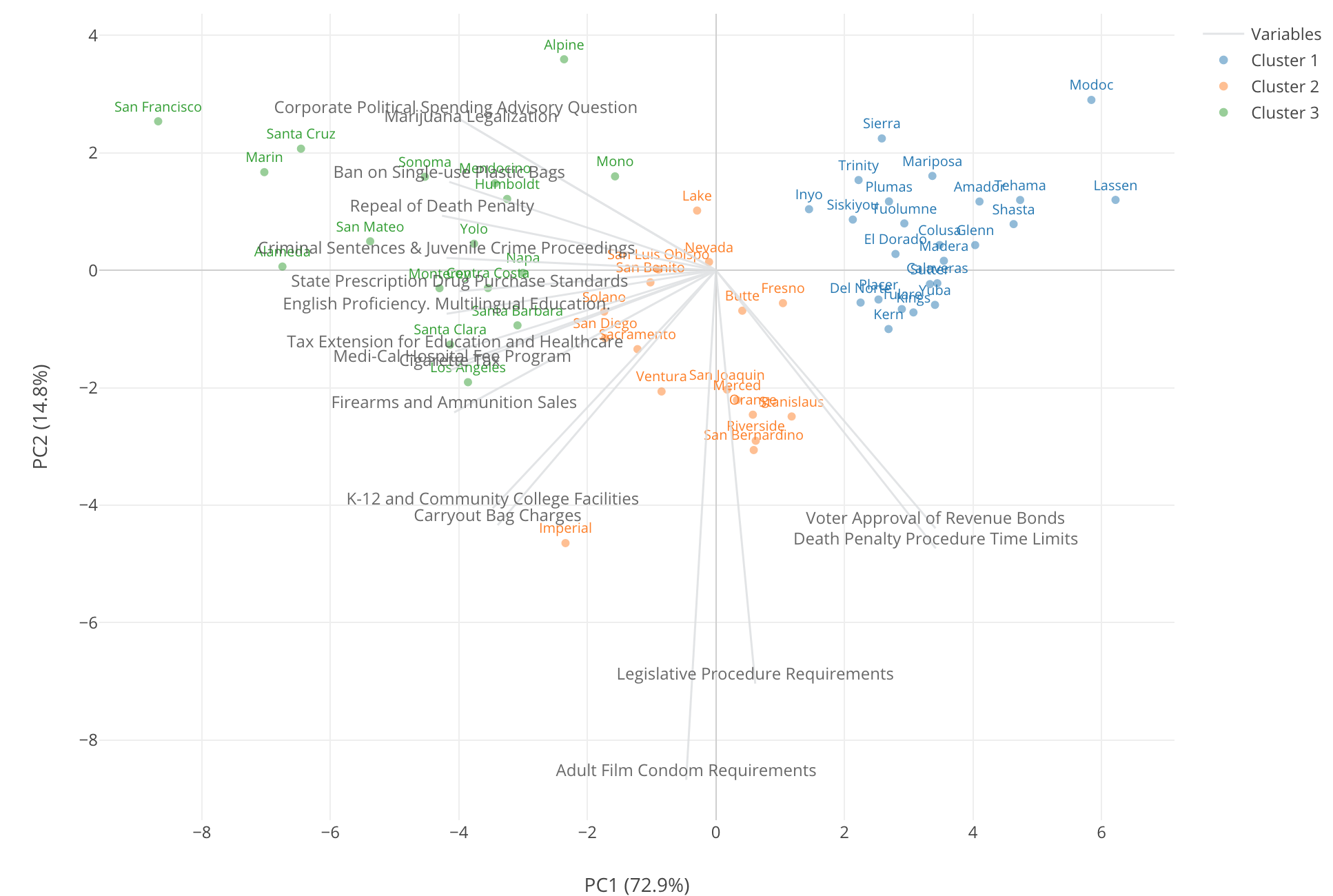

In addition, labeling is a prerequisite for fluorescent imaging so that we see only the structures that we can expect a priori. This difference becomes evident at the nanoscale, where the size of target molecules, fluorescent probes, and their linkers is not negligible. In principle, it cannot visualize molecular structures as they image the position of fluorescent probes instead of the target molecules themselves. Fluorescence microscopy techniques are becoming increasingly powerful for imaging dynamics of proteins and organelles in living cells ( 3, 4) but still have fundamental limitations. Large efforts have been made to develop environmental electron microscopy techniques able to observe unstained biological specimens in liquids ( 2), but the required large electron dose to achieve high contrast and spatial resolution may denature the sample. For example, electron microscopy is useful for imaging nanostructures of frozen cells in vacuum ( 1) but not for imaging nanodynamics in living cells under physiological environments since the obtained structures are limited to static snapshots of fixed conformations. However, direct imaging of such nanodynamics inside living cells has been a great challenge. Understanding molecular-scale dynamics of intracellular components is essential for elucidating fundamental mechanisms of cell functions and diseases. These features should greatly expand the range of intracellular structures observable in living cells. Unlike previous AFM methods, the nanoprobe directly accesses the target intracellular components, exploiting all the AFM capabilities, such as high-resolution imaging, nanomechanical mapping, and molecular recognition. Here, we overcome this limitation by nanoendoscopy-AFM, where a needle-like nanoprobe is inserted into a living cell, presenting actin fiber three-dimensional (3D) maps, and 2D nanodynamics of the membrane inner scaffold, resulting in undetectable changes in cell viability.

Thus, nanodynamics inside living cells largely remain inaccessible with the current nanoimaging techniques. However, such imaging is possible only for systems either extracted from cells or reconstructed on solid substrates. Atomic force microscopy (AFM) is the only technique that allows label-free imaging of nanoscale biomolecular dynamics, playing a crucial role in solving biological questions that cannot be addressed by other major bioimaging tools (fluorescence or electron microscopy).


 0 kommentar(er)
0 kommentar(er)
